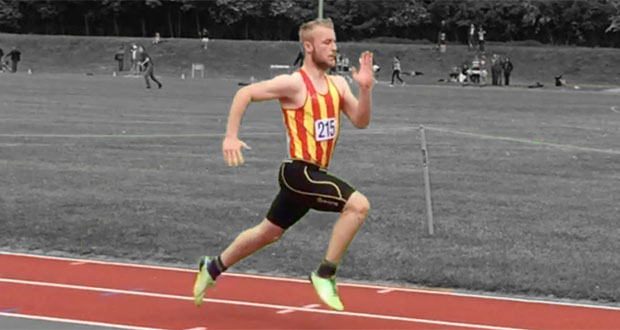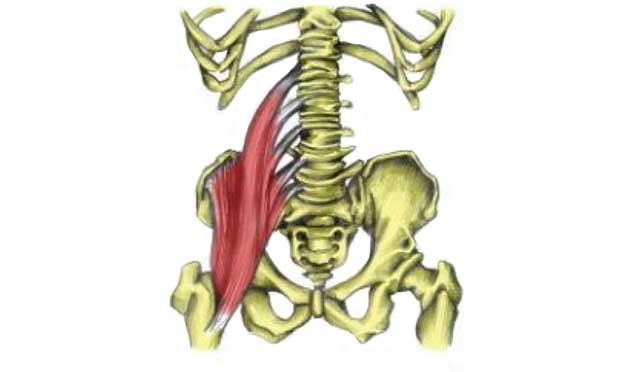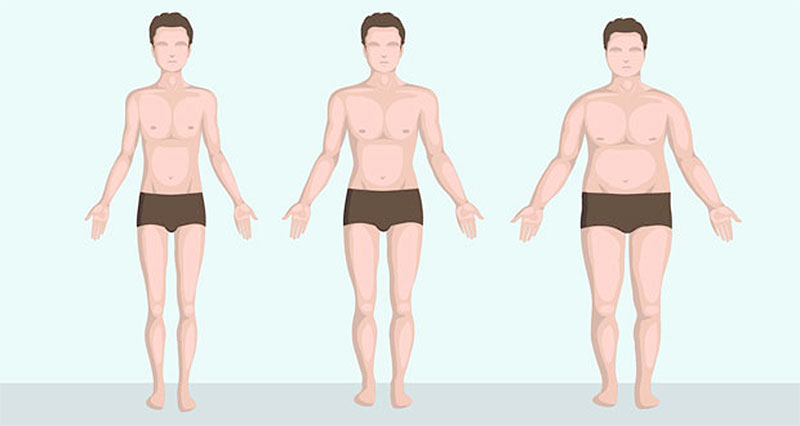The best long jumpers are great sprinters. A select few men have also combined 8.50m plus jumping with sub-10-second 100m running, such as the USA’s Carl Lewis, and an equally select few women have run sub-11-seconds and jumped 7 metres, such as Tianna Bartoletta, also from the USA.
Although most coaches would love to have long jumpers with that amount of sprint speed, 100m times are not actually as relevant as may initially be thought.
What’s more crucial is speed into the board and specifically over the last 10 metres of the run-up (and after take-off i.e. through the board and accounting for the inevitable loss of speed lost onboard contact). Let’s take a look at what makes for great long jump sprinting.
Long jump sprint technique
The long jump run-up is considered in a further post (proposed further article) so this article will look at the technical components required for great long jump sprinting speed. From a technical point of view, there are no significant differences in the top-speed mechanics of a sprinter and a long jumper. The variations are subtle and are most associated with the deliberate, relaxed and control requirements of sprinting on a long -ump run-up and the need to hit the 20cm take-off board at maximum controllable velocity (there are some thoughts on hip-height and knee lift – of which more later). This can be around 10 metres/second for the fastest elite women and near to 11 metres a second for the fastest elite men.
Acceleration
On the run-up, the long jumper needs to build up speed quickly but with control. Failure to position initial (and all) steps accurately will result in run-up inaccuracies and no-jumps. From a technical point of view the jumper should incline their trunk forwards as they move from the start point (this need not be as pronounced as is required for the sprinter). Another key difference to the mechanics of the long jump run-up start versus that of the sprint start is the head (gaze of eyes) position.
The long jumper needs to hit the board, the sprinter needs to get to the line first. Thus I recommend that the long jumper throughout the acceleration phase looks into the distance at the board – sighting it so they can hone more and more in on it with accuracy as they get faster and faster and as they move into take-off. The sprinter, on the other hand, would be looking down for the first 20m or so metres after they clear the blocks and then look straight ahead “over” the finish line.
Crucially the long jump acceleration phase must be relaxed as should the rest of the run-up. (It must be so for the sprinter but they need to exert maximum force with maximum leg speed, so more effort has to be applied and this may be slightly more dramatically applied). I recommend that the jumper “takes their feet away from them” to develop a smooth acceleration phase. With the trunk inclined the feet should be kept low to the ground as the jumper accelerates and this should be combined with a low heel recovery.
This will allow for more pressure to be exerted onto the track and a quicker and less energy-depleting acceleration to ensue. (The alternative would be to think about pushing the track behind as the jumper accelerates.) Moving the feet away also encourages the jumper to think about traveling forwards, which is obviously what they need to do from the board. The arms should pump in unison with the legs to aid acceleration.
Coaching point: focus on the relaxation of the jumper in particular in their shoulders which should be “down” and also the gaze of the jumper – eyes looking into the distance on the board.
Long jump sprint posture
Once the jumper has exited the acceleration phase they need to align themselves i.e. come up into a relatively tall sprinting posture as they prepare to “attack” the take-off. In many ways, there is little difference here between what’s required of the long jumper and what’s known as maximum velocity phase sprinting. The main difference is more on the deliberateness of the running and the need to sight the board (a perpetual theme and requirement of long jump sprinting) as well as some considerations as to hip-height and knee lift – of which more later.
I always stress that the jumper moves their hips and knees away from them (a continuation of the acceleration phase). They should think about using their hips (hip-flexor muscles) to pull through into each stride (the hip-flexors are the key sprint muscles). Their posture should be upright and the arms should be moving in unison with the legs – reaching a position with hands near eye-level to the front and with upper arms parallel to the ground at the rear. Again ensure that there is relaxation with aggression. Feet should hit the ground in a toes-up (dorsiflexed) position with contact made under or just in front of the hips of the jumper. Heel recovery during top-end speed – unlike in the acceleration phase – should be higher with the heel coming up close to the bottom.
Hip-height and knee lift
I’ve separated these two components of sprinting on the run-up as they can have an influence on the take-off. Sprinters are encouraged to run with a high knee lift during max velocity, which when combined with the other key components of technique make for a long stride length. However, in the long jump, it’s possible that too high a knee lift could result in difficulties at take-off. The jumper needs to sprint through the attack phase to and off the board, if they have very high hips and knees they may sink as they approach the board and step down onto the board, rather than having their take-off foot and leg move quickly forwards and into the take-off (see long jump take-off).
The key nuance of top speed long jump running is the need to take the knees away from the jumper and to run through the take-off. Having a slightly lower hip and knee lift (as long as this does not result in a sitting running posture) may allow the jumper to position better through the attack phase and into the take-off. Additionally, particularly with the long jump and the relative short duration of top-end speed (10m out from the board, with max velocity being required over the last 5m) focussing on knee lift could result in an “up and down” movement more than a forward one and therefore for long jump purposes and to reiterate a loss of speed through take-off.
It’s recommended that the jumper looks at the board with their eyes (not with their chins) as they approach their attack into the board phase, which occurs about 10m out). There are some other requirements of preparing for take-off which will also affect long jump sprinting – of which more next.
Attack into the board posture
I’ve explained some of the differences between 100m sprint technique and long jump sprint technique and that this is very much apparent in the attack phase and the take-off. The long jumper needs to position into the take-off and make adjustments in order to hit the board and to achieve the most effective take-off. Positioning flat-footed on the penultimate is key in this respect (see long jump take-off for a detailed consideration).
However, another key technical point of difference over the last six or so strides of the run-up is getting the feet down quickly onto the track surface without losing significant stride length whilst increasing cadence. This is something that I have found to be effective with experienced jumpers in particular – quicker foot contacts through the attack phase seems to produce greater forward movement and that’s what needs to be transferred into the take-off.
As the jumper passes through the attack phase they should be upright and their gaze should be straight ahead; they should be confident that they are going to hit the take-off board and that they will set their jump up on the penultimate step at the correct distance from the board (again see long jump take-off for a detailed consideration). Arm action should be a continuation of the alignment phase.
Hopefully the above will have outlined the key areas that the long jumper needs to focus on in terms of sprint speed from a technical point of view for their event. The long jumper is very much a sprinter, but a sprinter with an additional skill-set.





